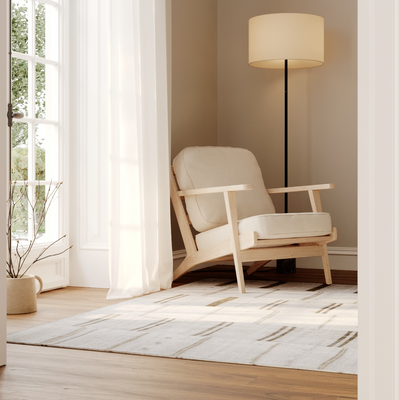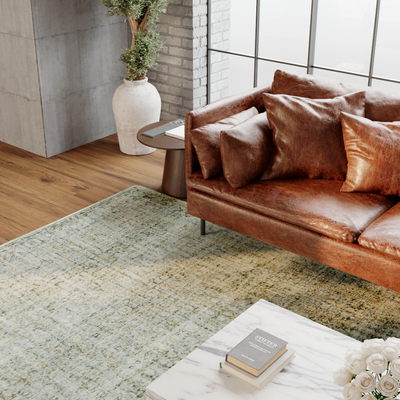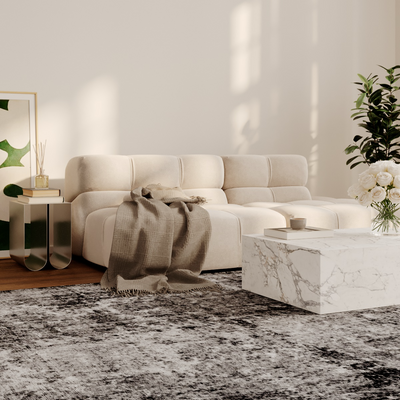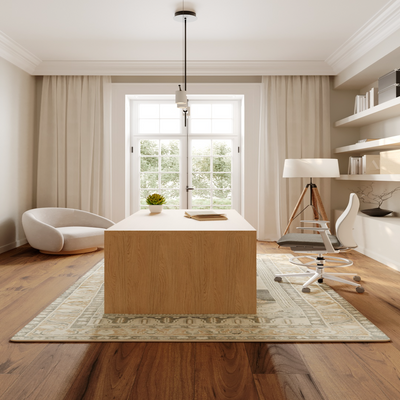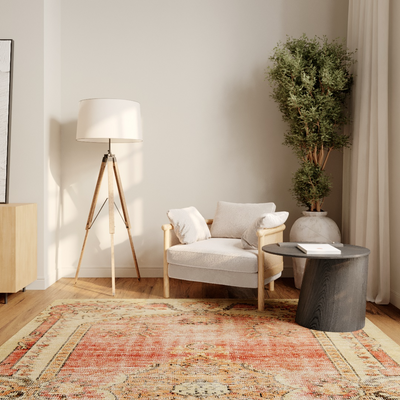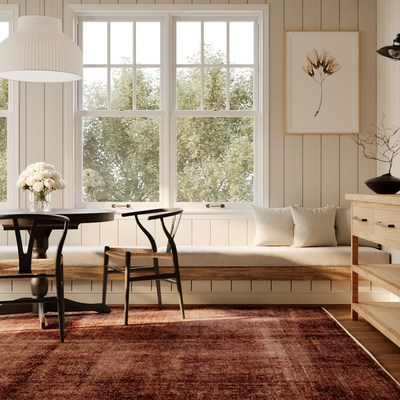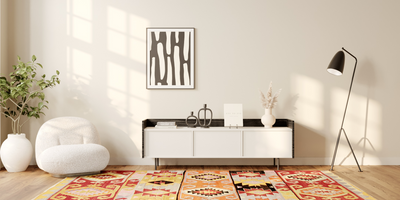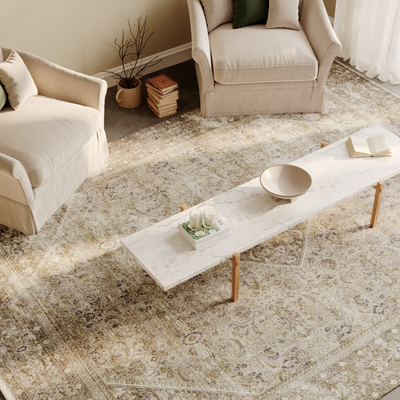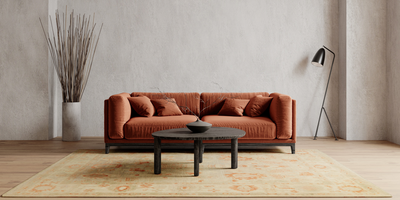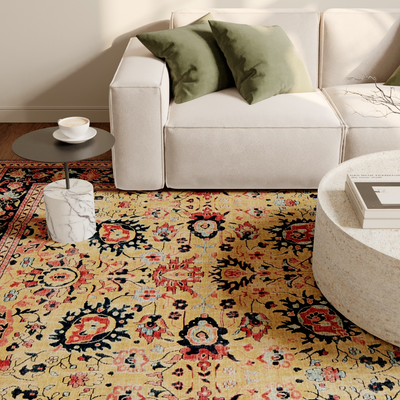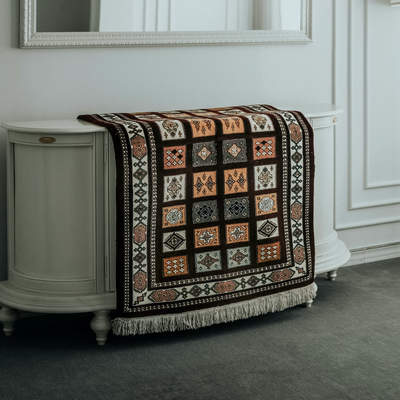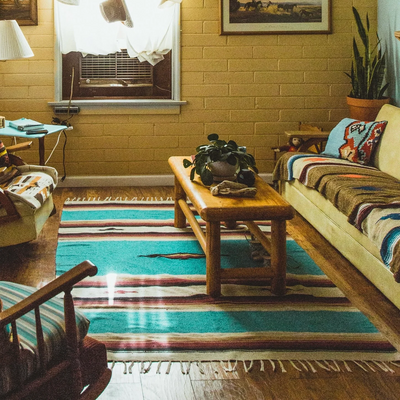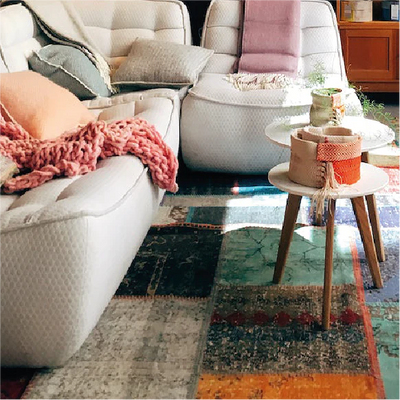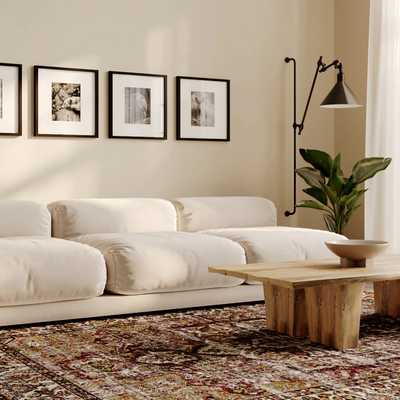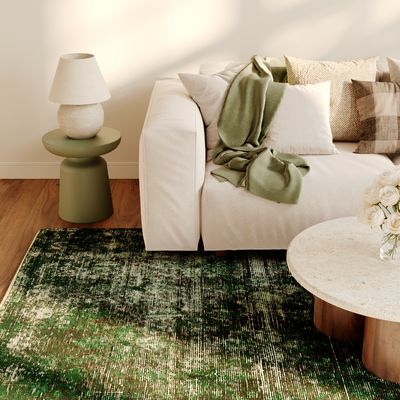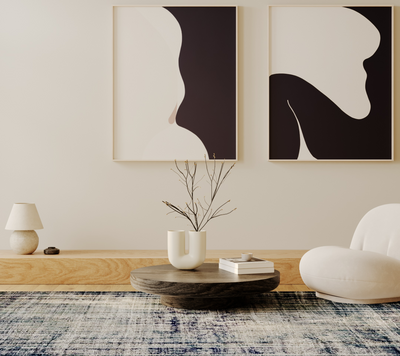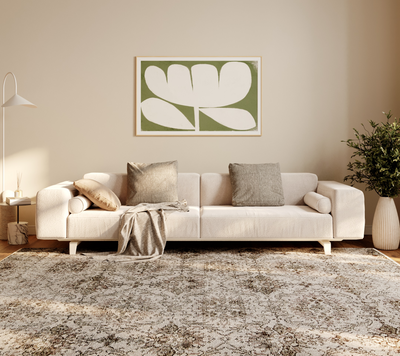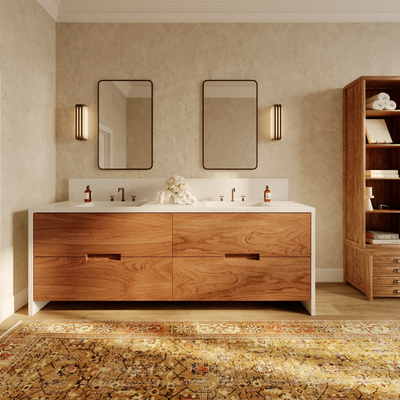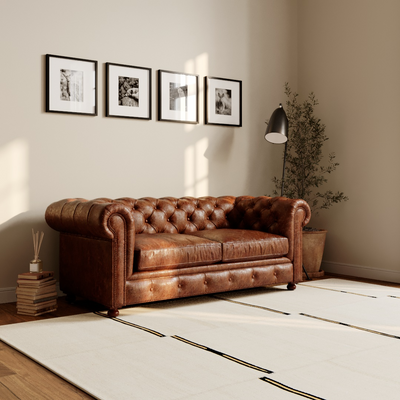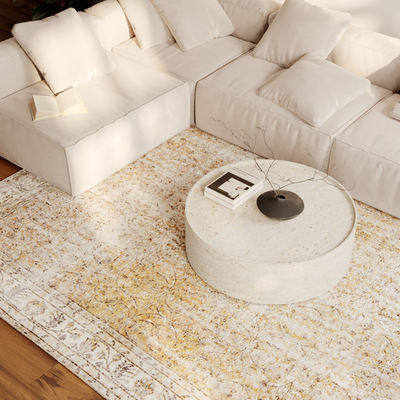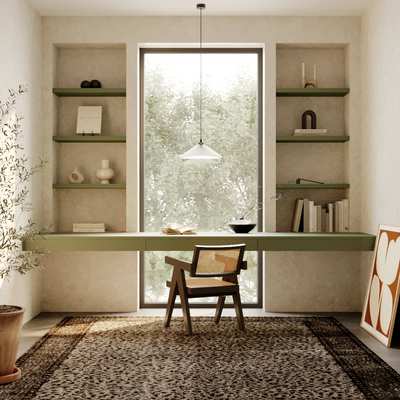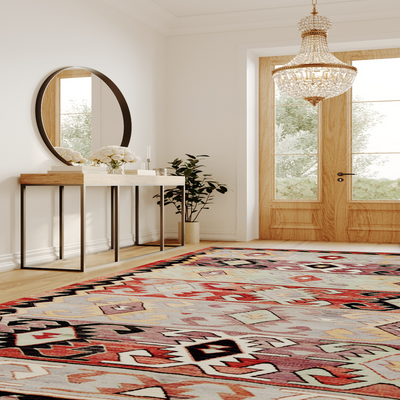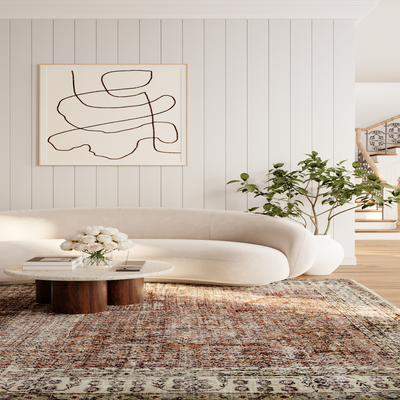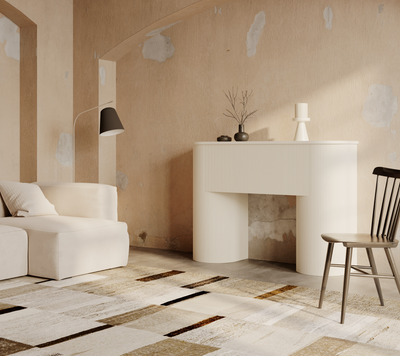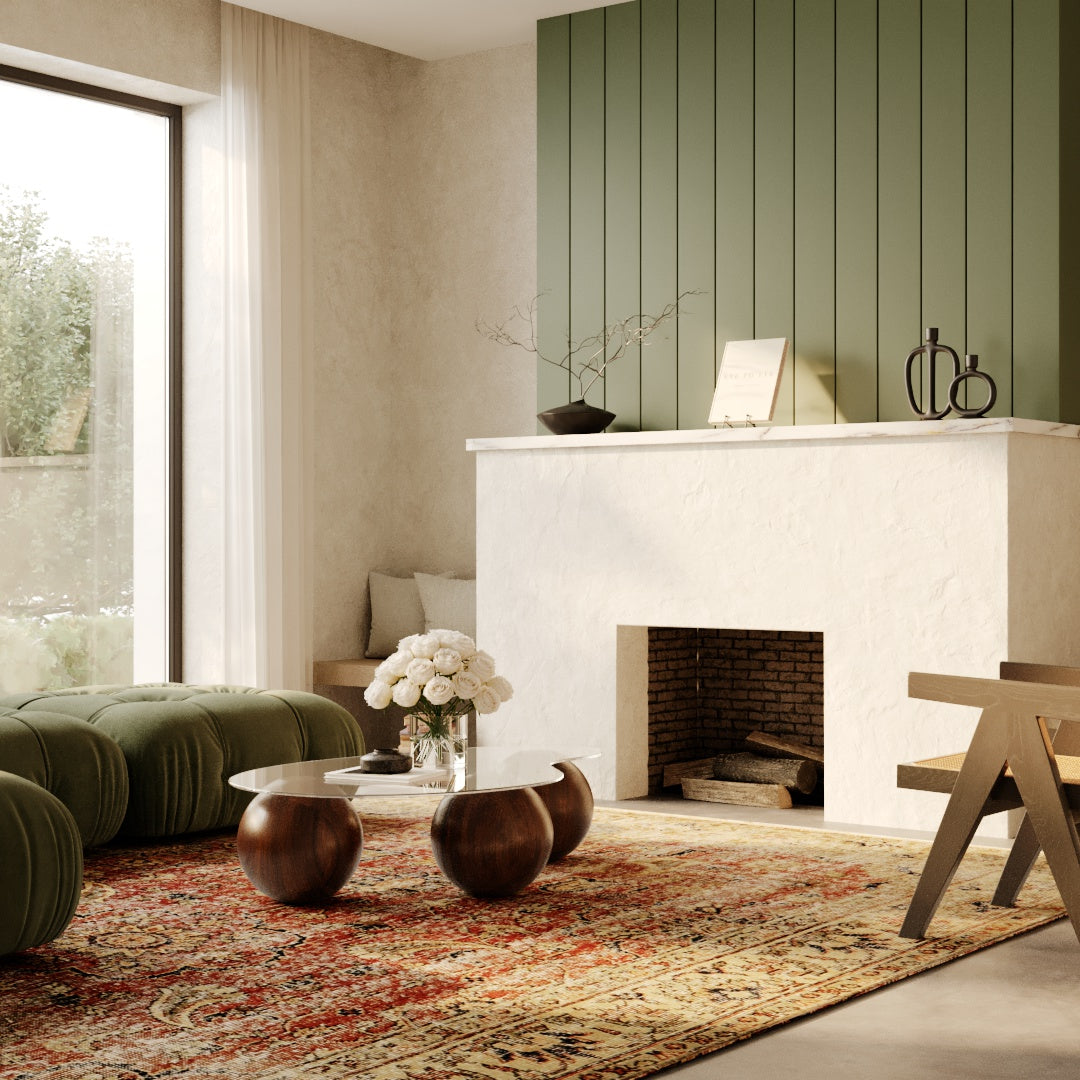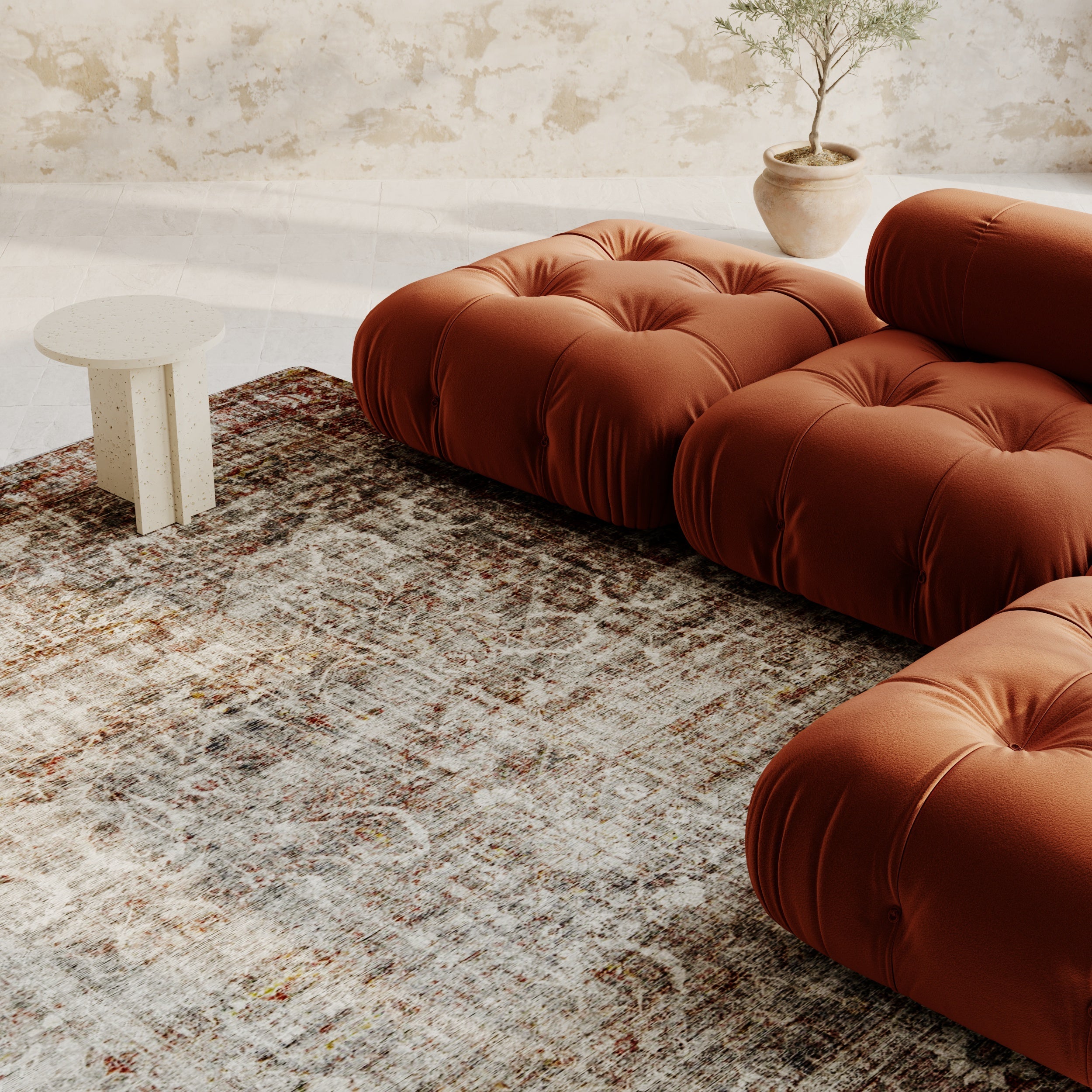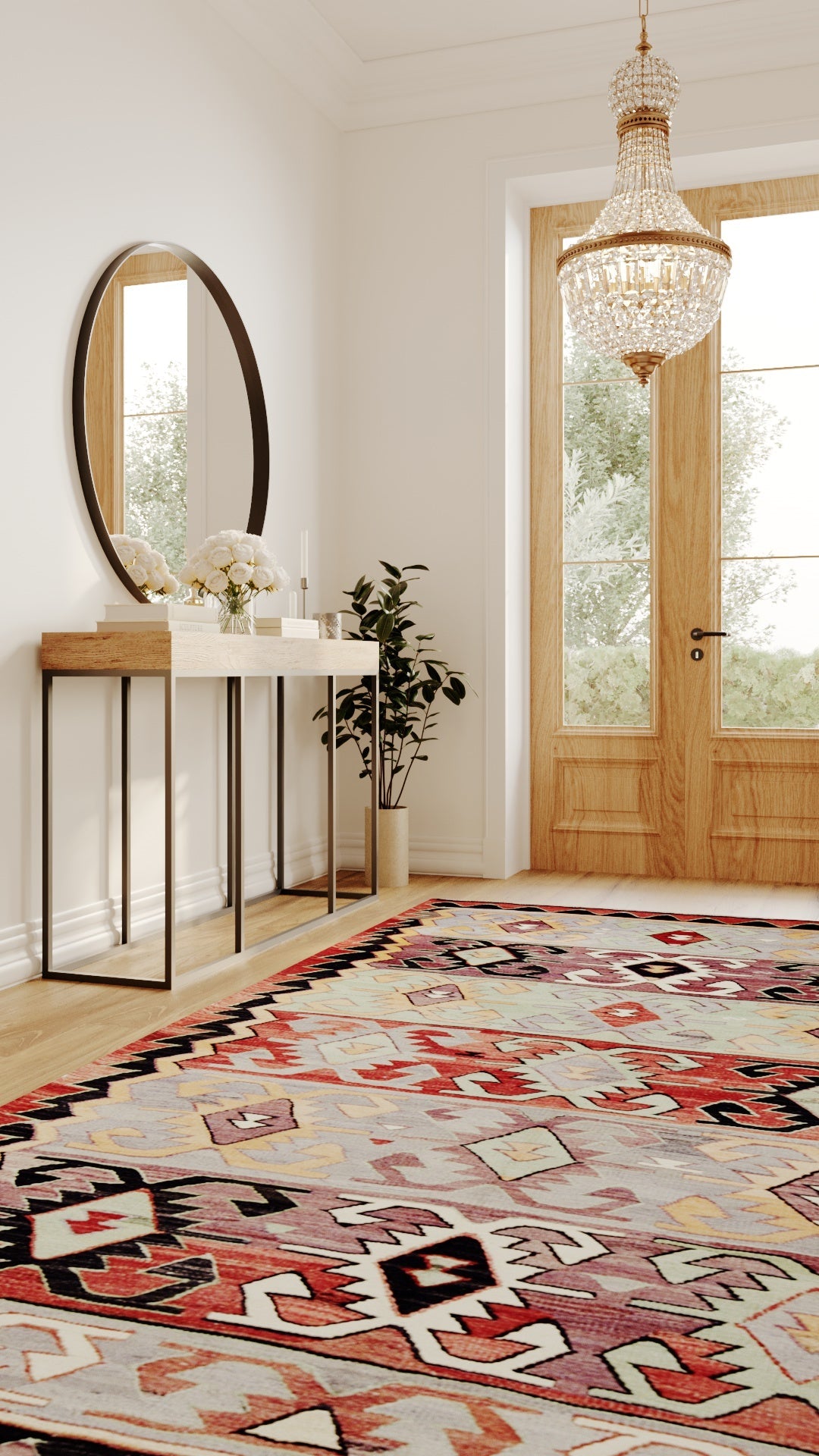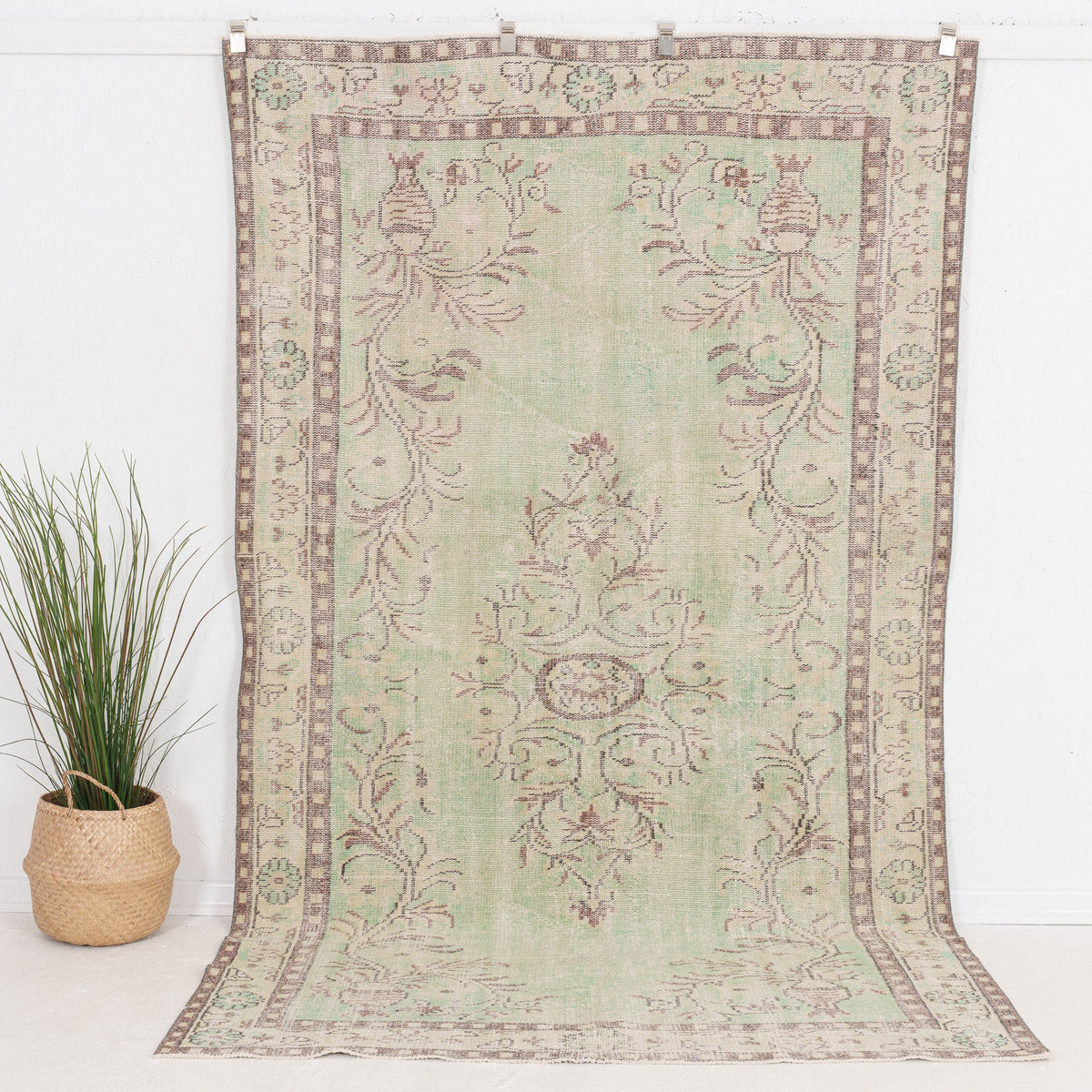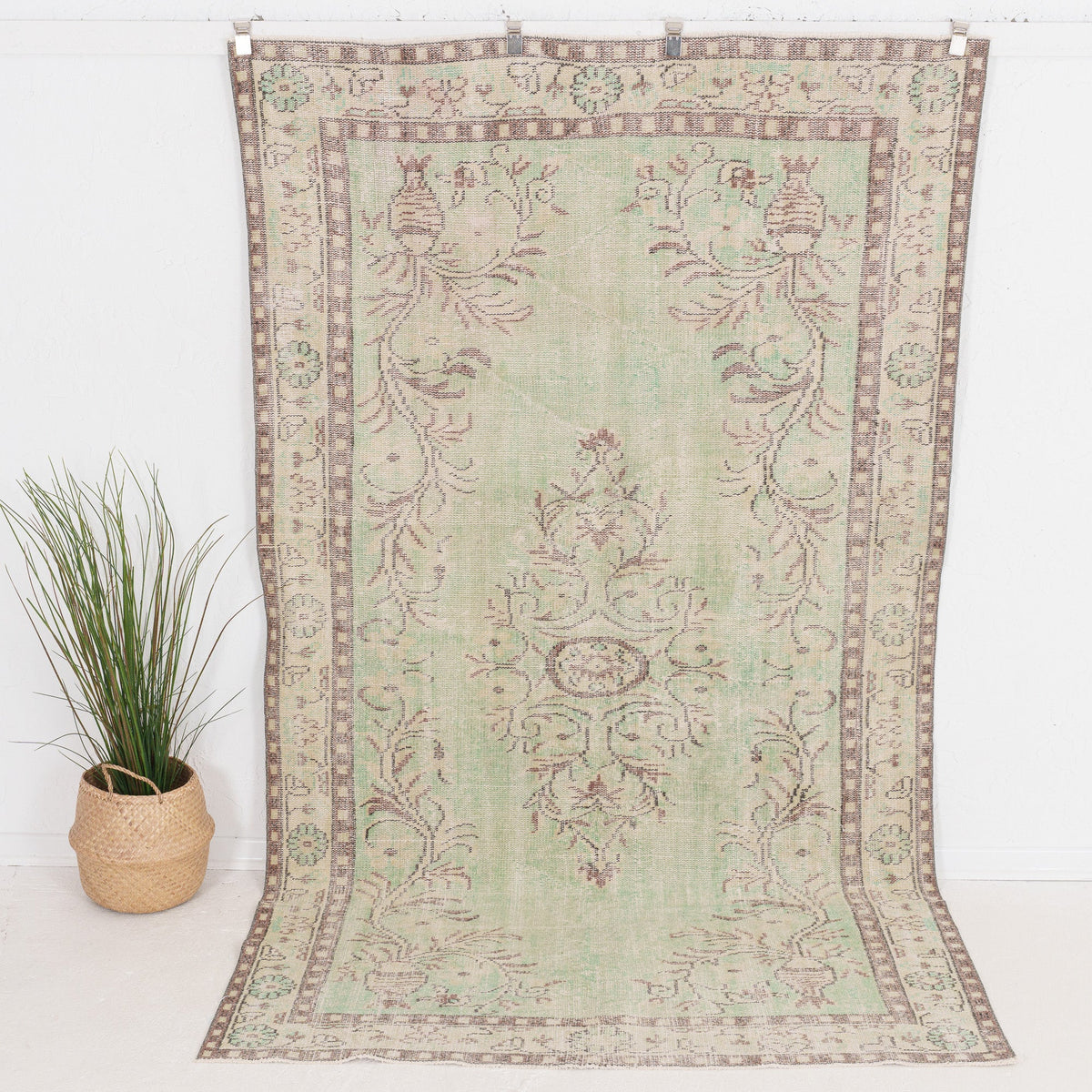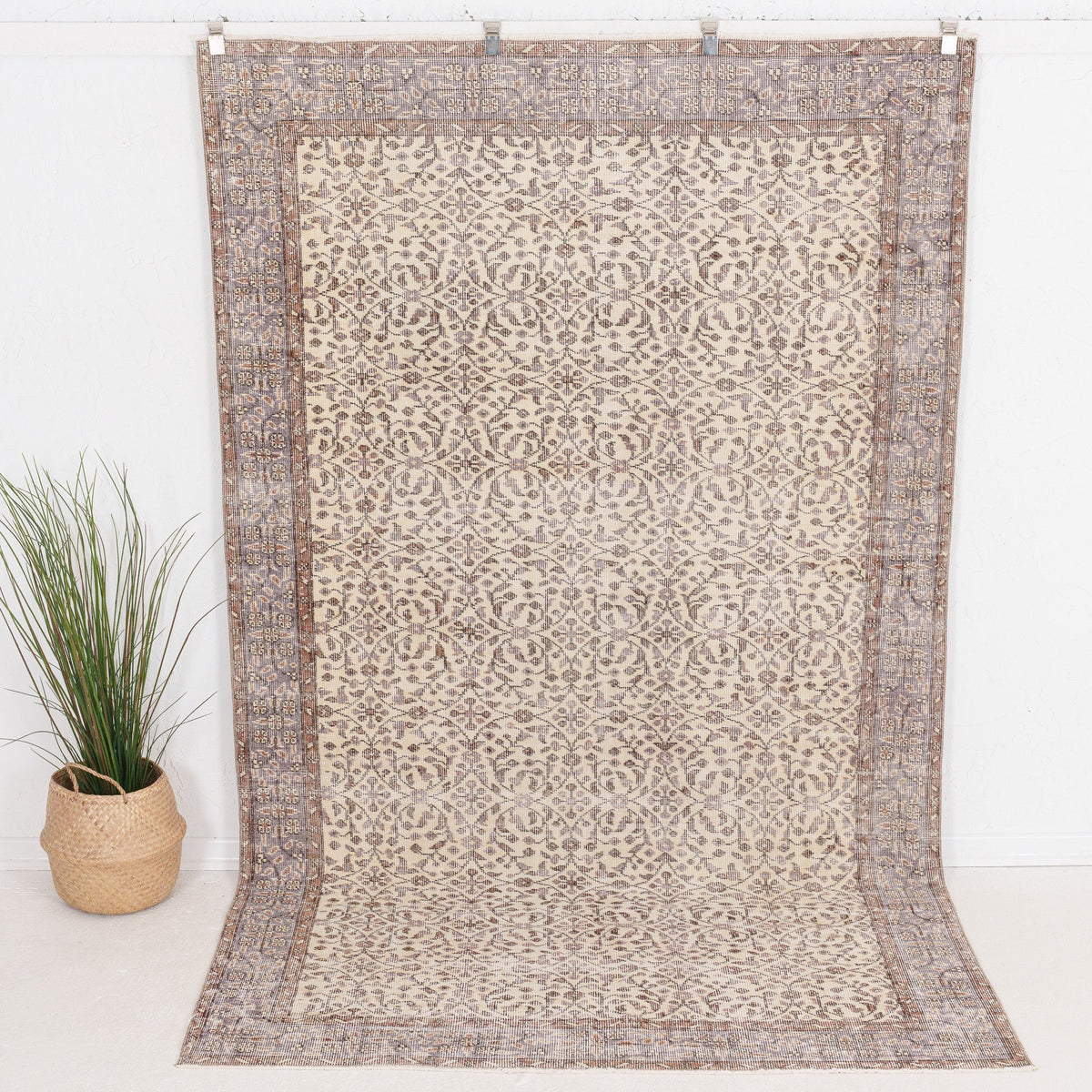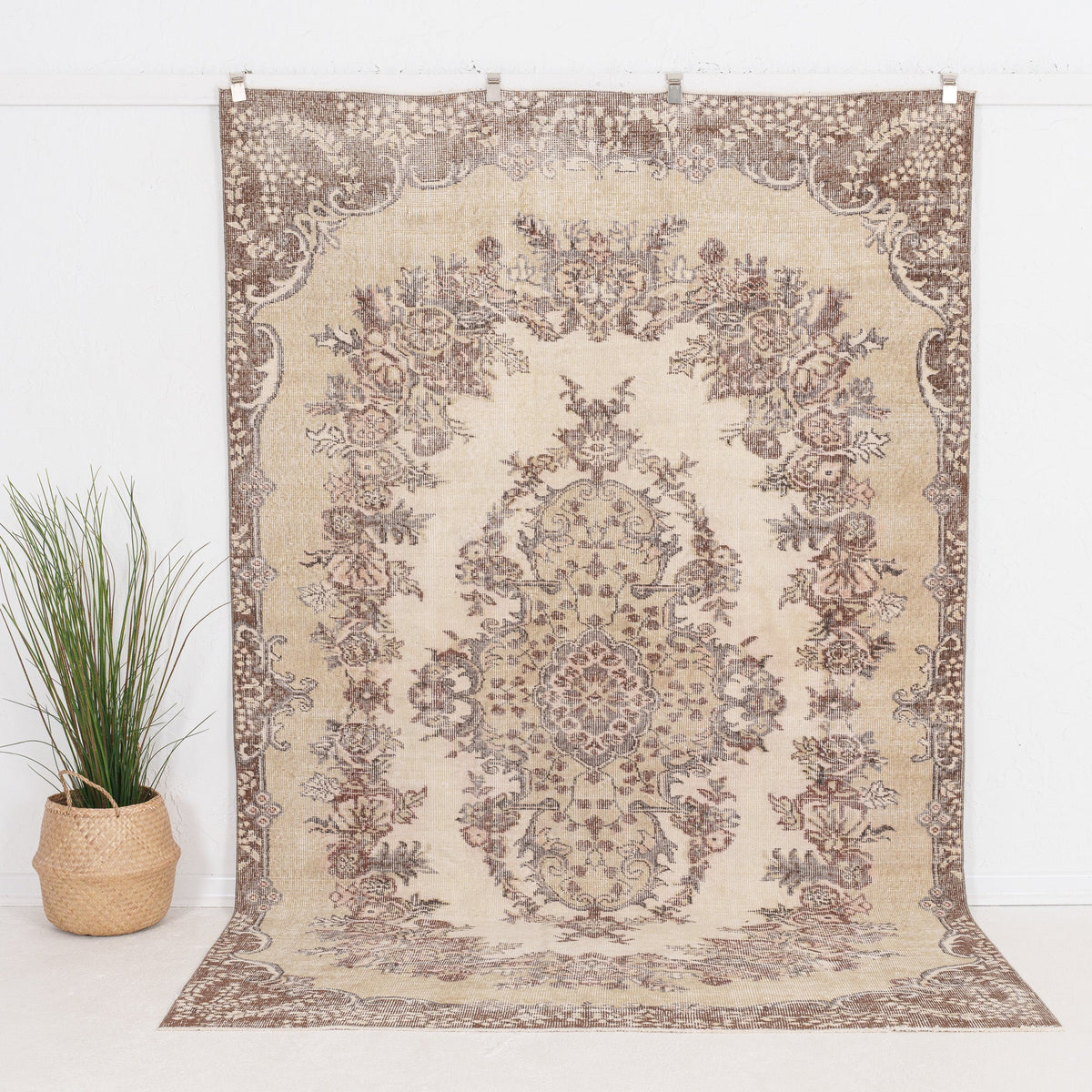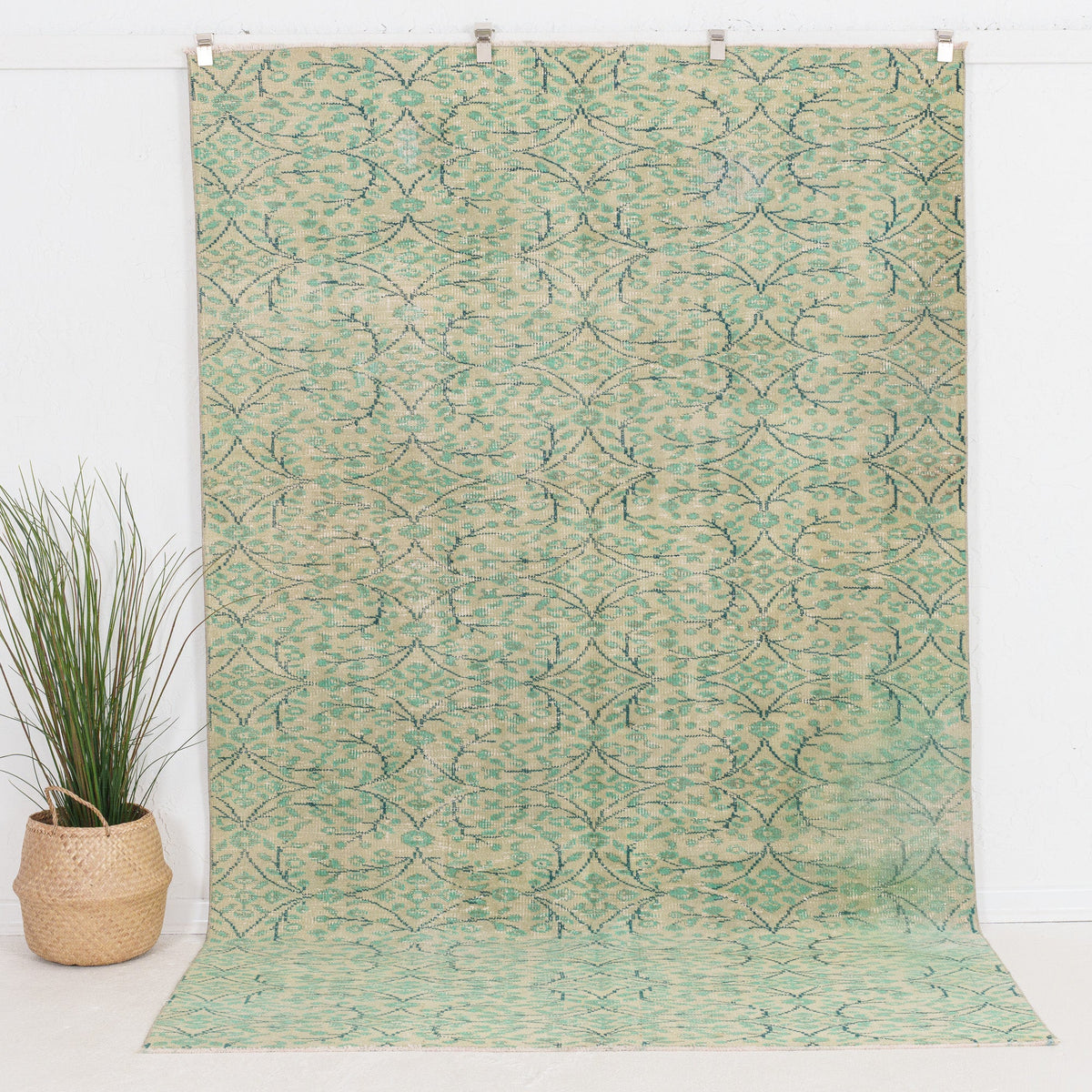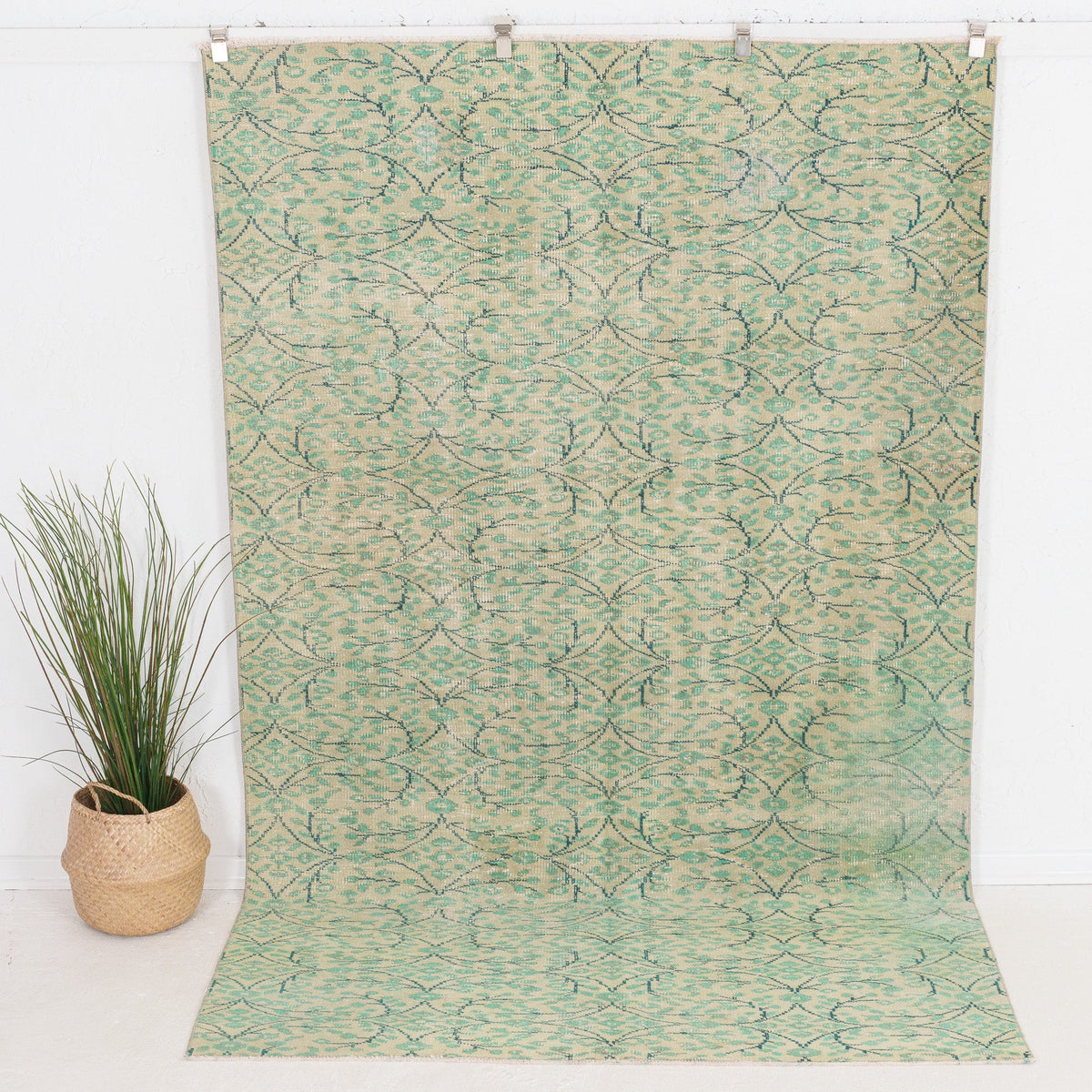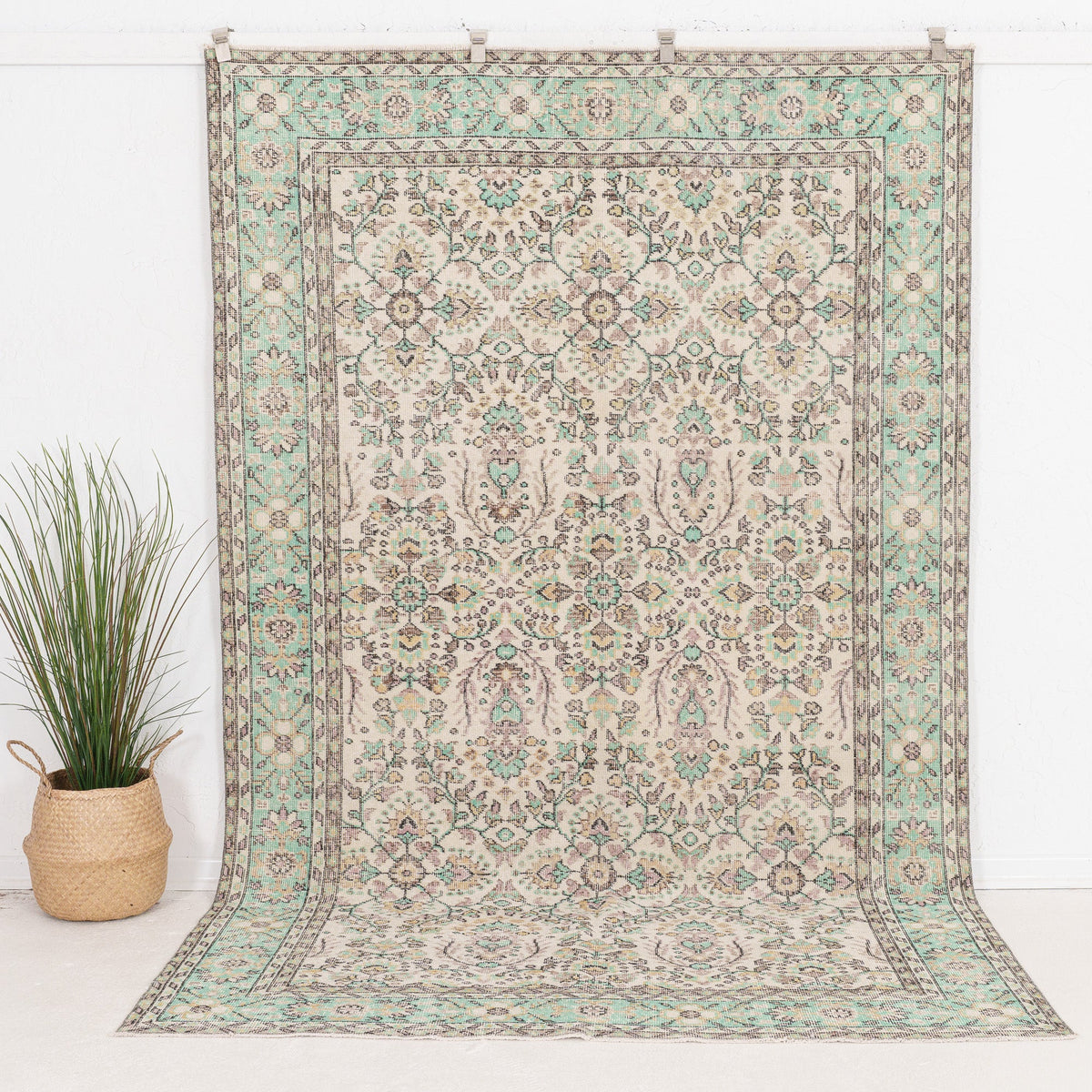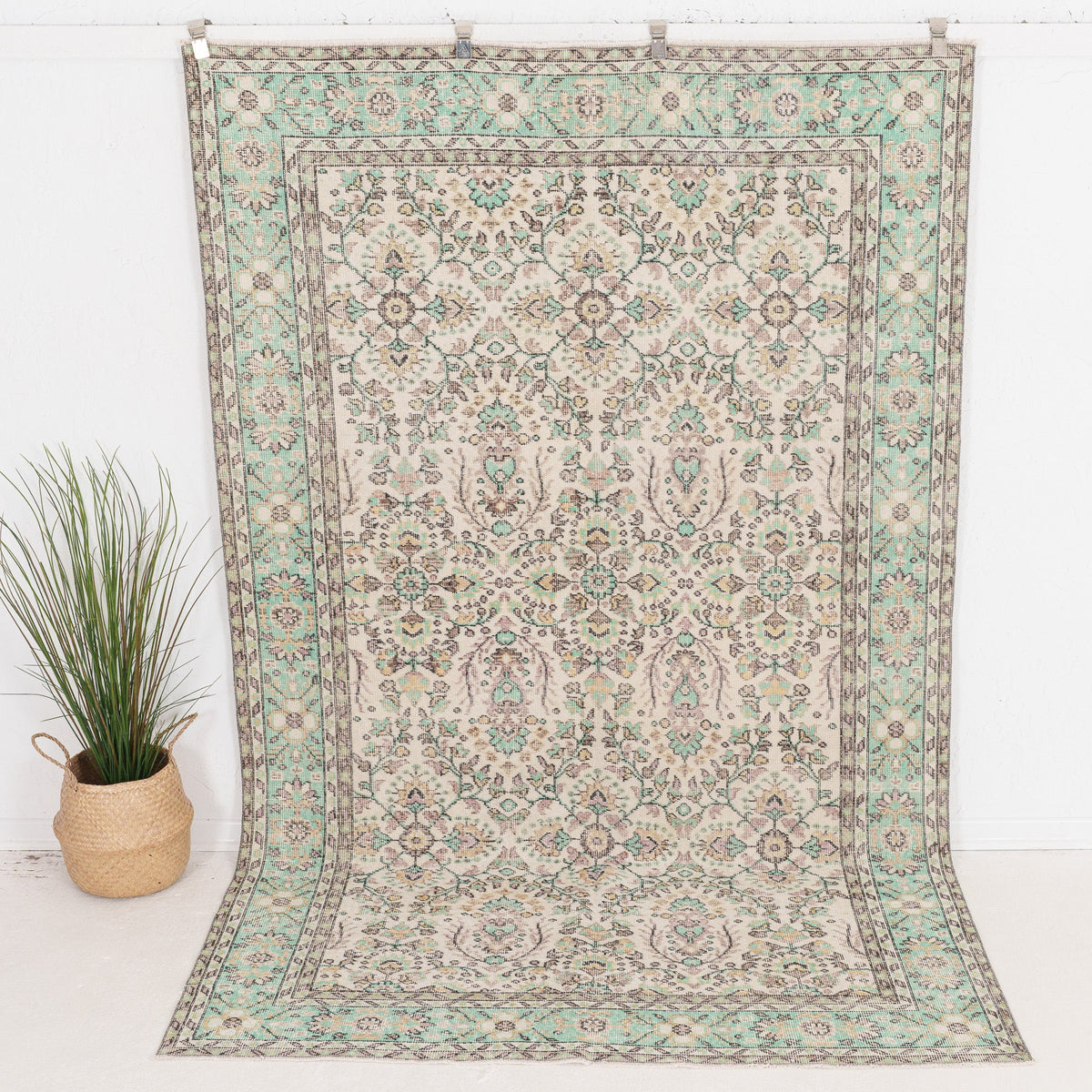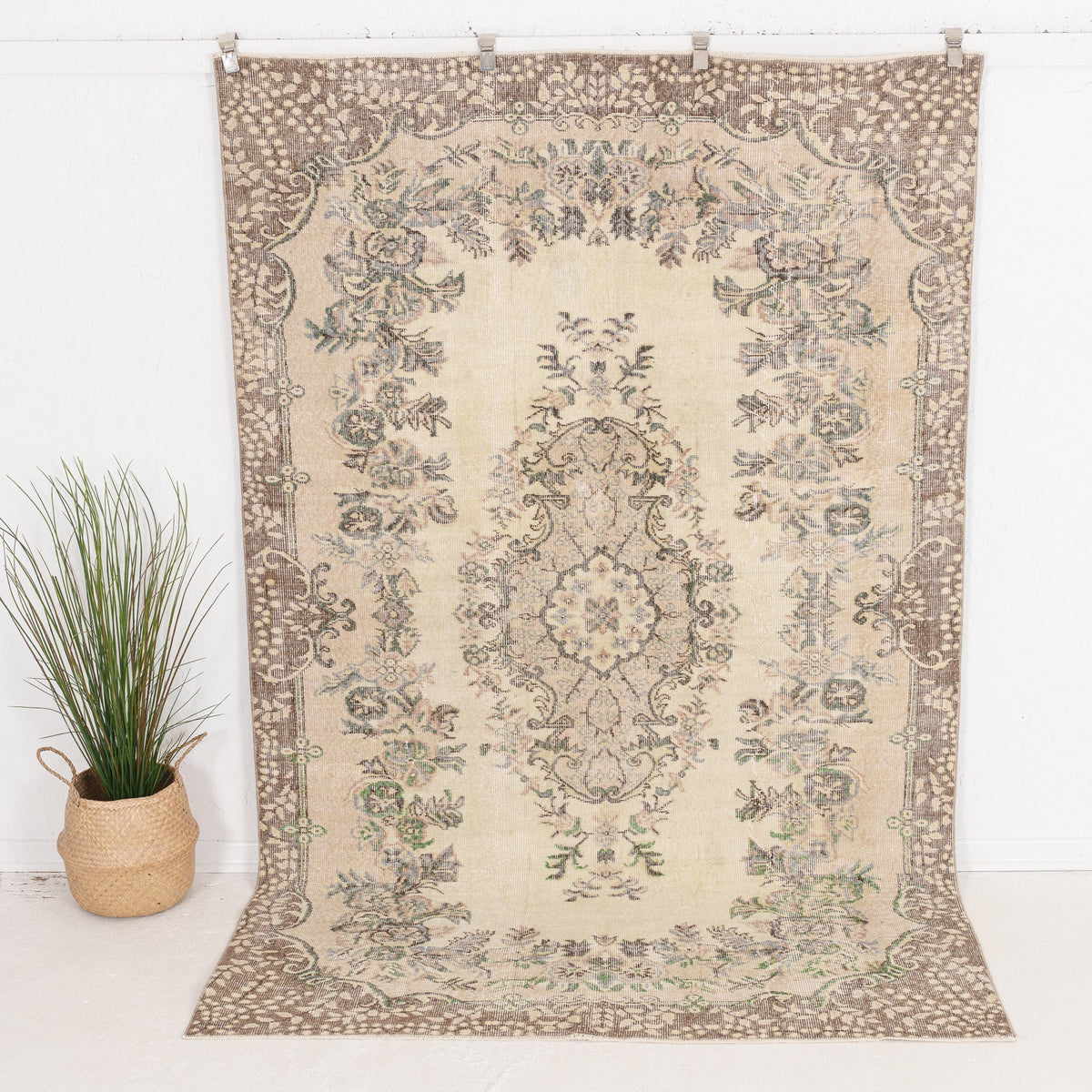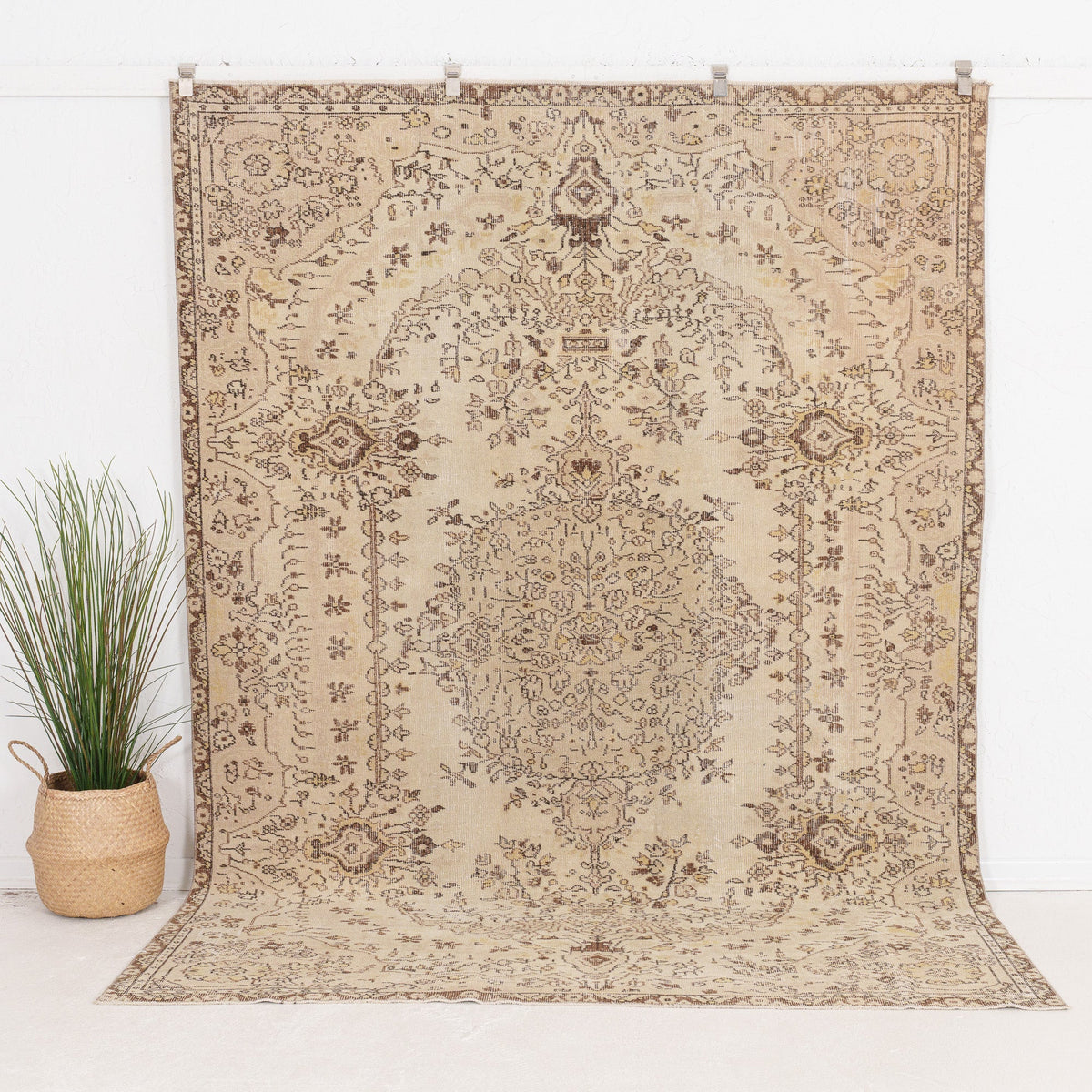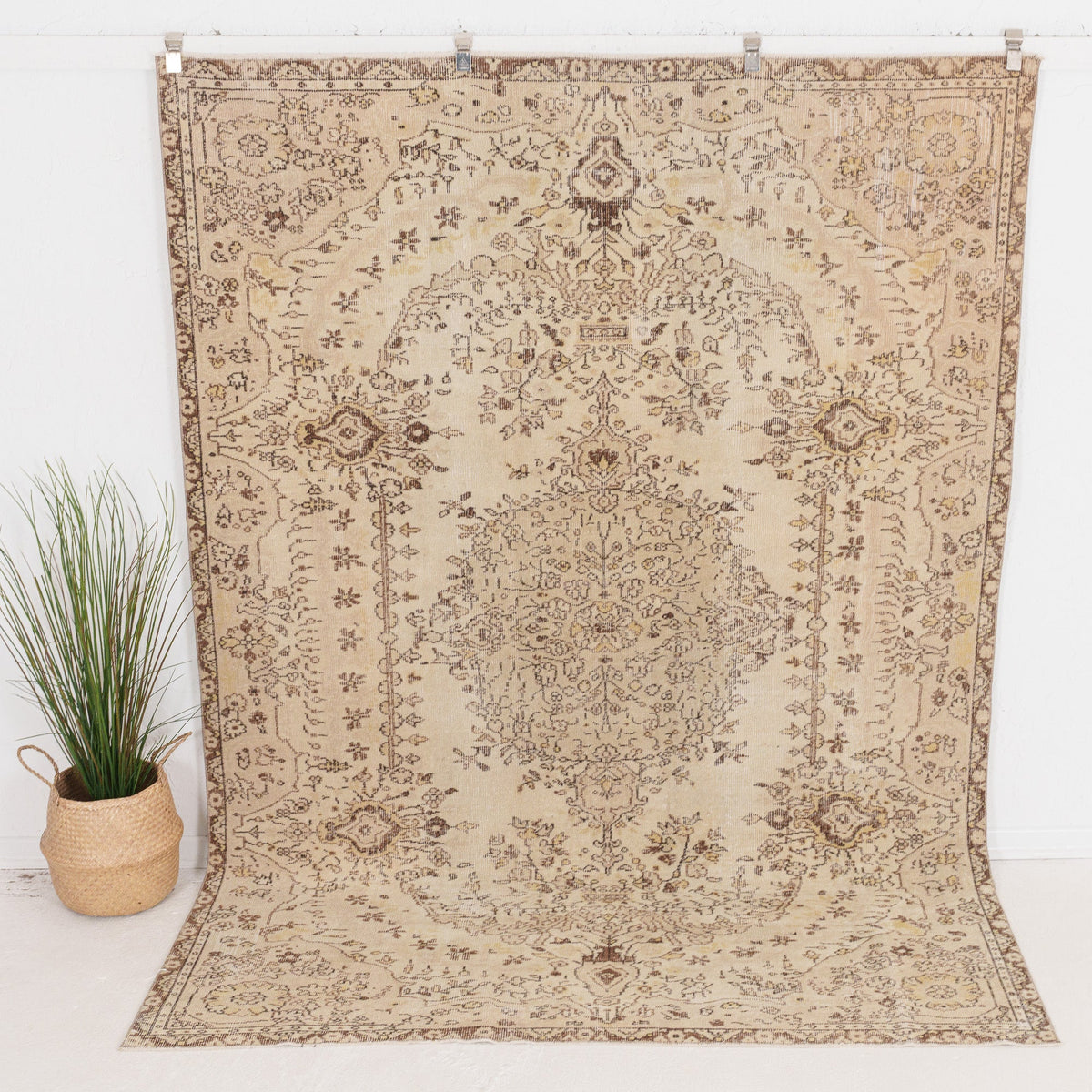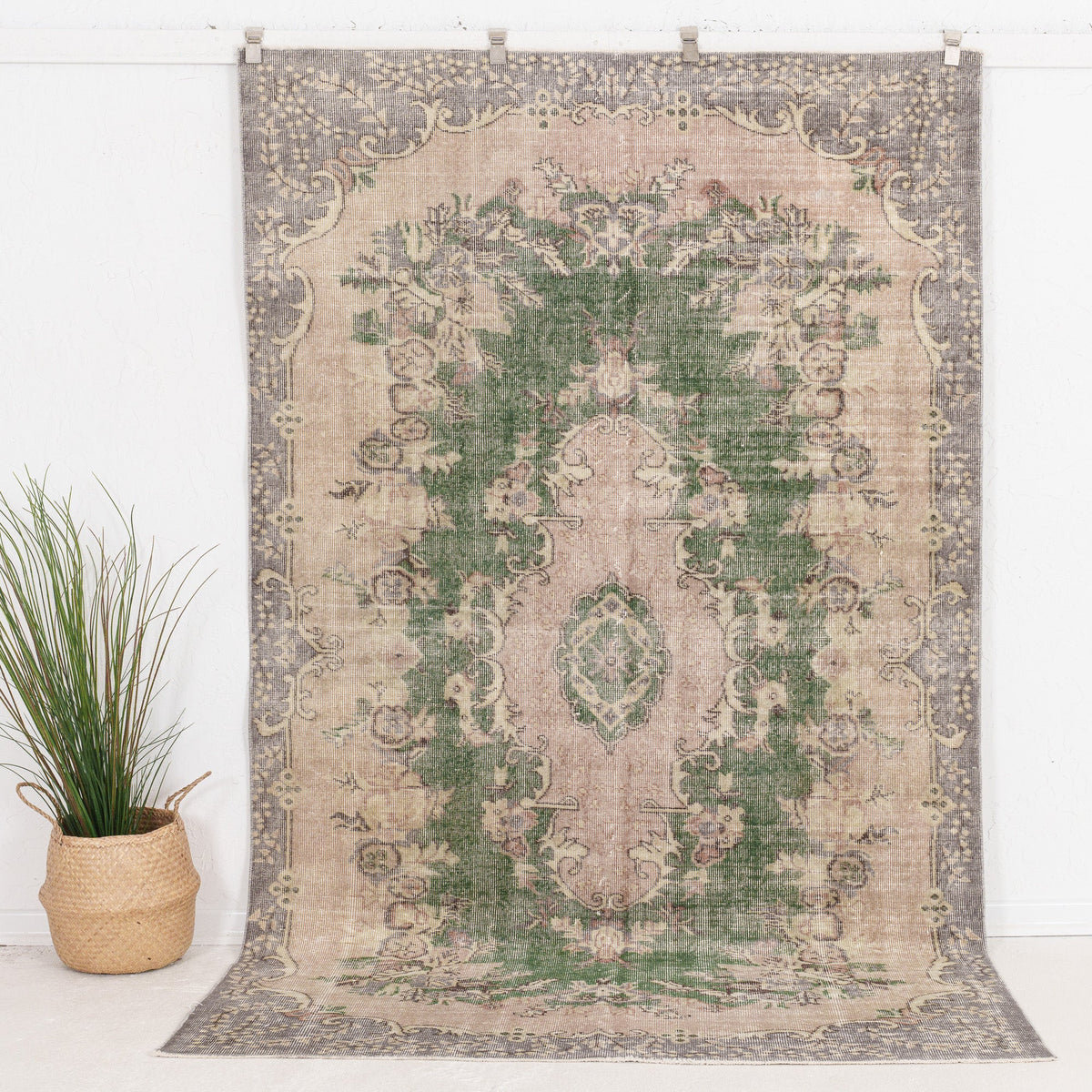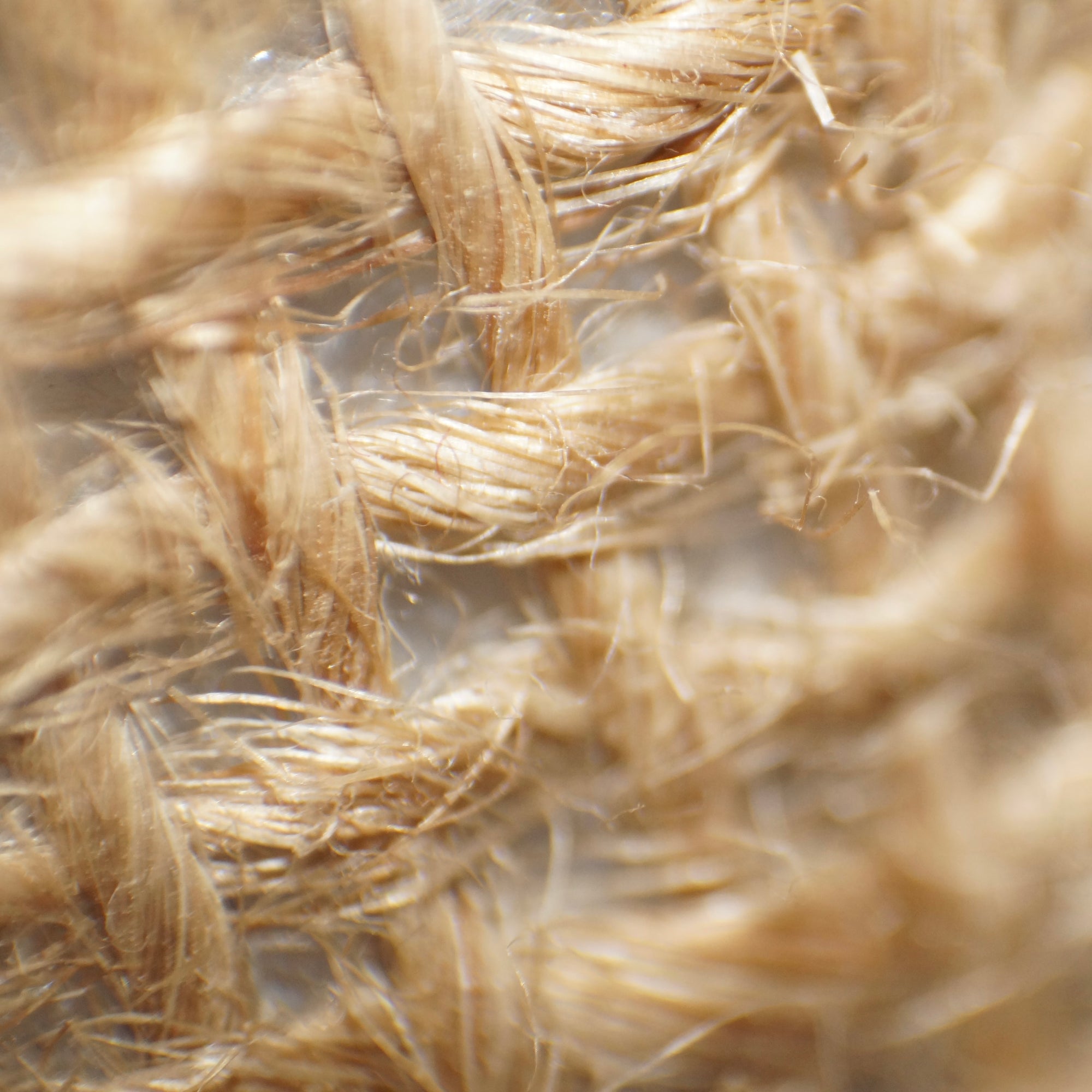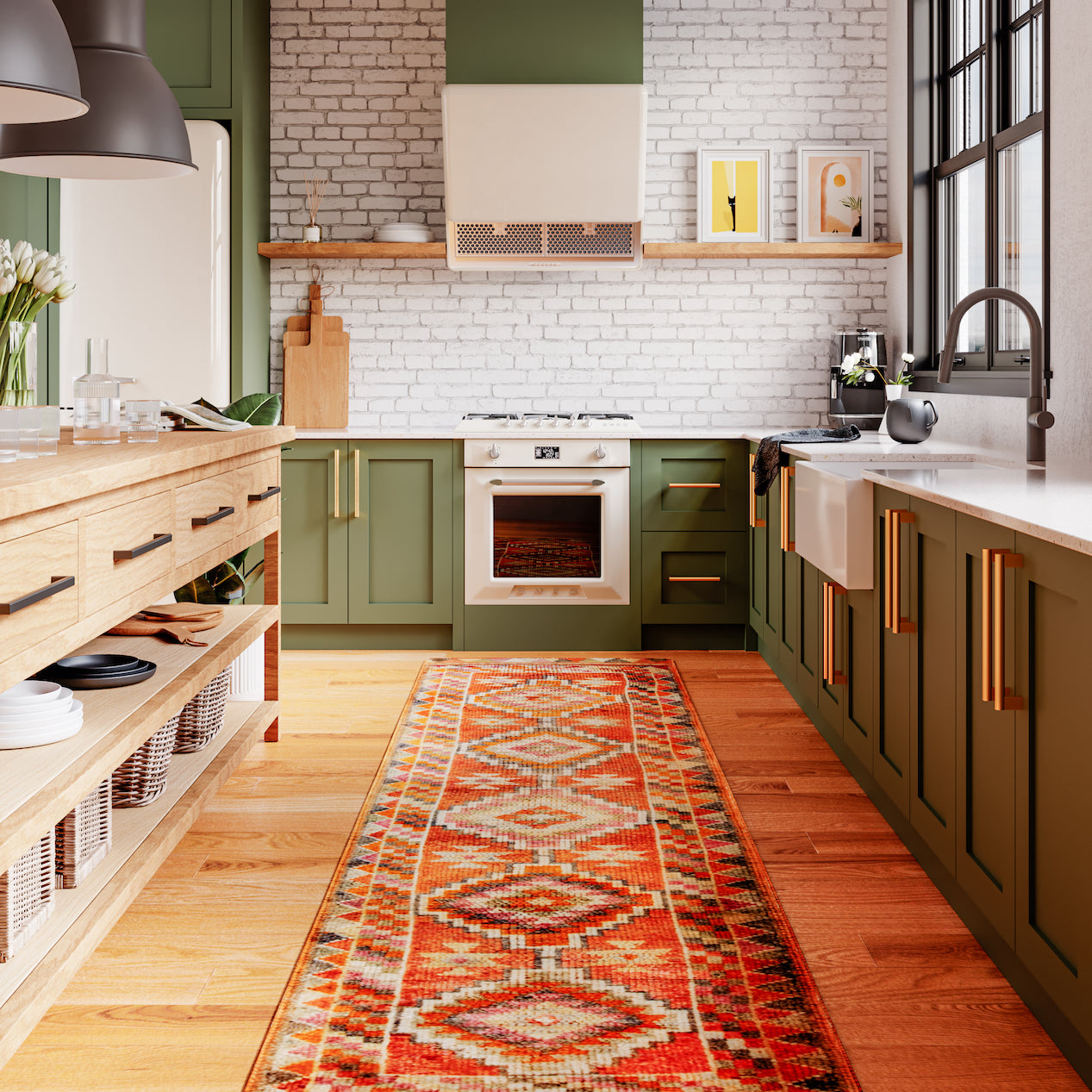Every time a new client explores our Turkish rugs collection, it's like embarking on a journey through time and artistry. We encounter both newcomers, eager to learn the art of rug selection, and seasoned connoisseurs who have been weaving their stories with carpets for decades. Whether you're just starting out or a rug aficionado, there's something captivating waiting for you. Ready to begin your rug adventure?
Let's dive in.
This piece highlights the things we have learned about buying Turkish rug motifs from the pros in the Turkish carpets realm. This knowledge is vital for you as a newbie or simply someone who wants to acquire either modern, vintage, or oriental rug types.

What Makes a Rug Turkish?
This is one of the significant yet underrated questions we get from buyers. Here are the contains that we use to categorize Turkish rugs:
Origin and Heritage:
Turkish rugs are made in Turkey, as the name would imply. Their complex patterns, fine craftsmanship, and ingrained traditions that have been passed down through the years have earned them recognition on a global scale. Although Turkey has a long history of producing fine carpets, it's crucial to understand that not all Turkish rugs are genuine.
To be considered Turkish, a rug must be woven in Turkey, incorporating the traditional techniques and materials unique to the region.
Knotting Technique:
One of the defining characteristics of Turkish rugs is their unique knotting technique. These rugs are traditionally woven using the Turkish or Ghiordes knot, a symmetrical knotting method that produces a dense, durable pile. This knotting technique is distinct from the Persian or Senneh knot used in other Oriental rug types.
Rich History:
Turkish rugs have a rich cultural heritage that dates back many centuries. These rugs exhibit the artistic and cultural influences of numerous civilizations, including the Byzantine, Seljuk, and Ottoman empires. As a result, they frequently have a timeless and historical quality.
What Are the Unique Characteristics of Turkish Rugs?
Besides the physical and geographical characteristics, here are the things that make a Turkish rug a Turkish rug:
Price
Our Turkish rugs vary widely in price, depending on several factors. Our vintage Turkish rugs are more expensive due to their rarity and historical value. Our modern Turkish rugs are generally more affordable while still retaining excellent craftsmanship.
We set our prices based on factors such as size, knot count, and the complexity of the design.
Age
The age of our Turkish rugs significantly affects their value and uniqueness. Vintage Turkish rugs, often woven by skilled artisans decades or even centuries ago, have a timeless charm that modern rugs may need to replicate. The wear and patina of an older rug can add character and authenticity to your living space.
Color
Our modern, vintage, and oriental rug types are known for their vibrant colour palettes. Traditional colors include red, blue, green, and gold, with intricate patterns and motifs in contrasting hues. The choice of colors can convey cultural symbolism and significance. When selecting a Turkish rug, consider how its colours will complement your existing decor.
Region
Turkey is a vast country with diverse weaving regions, each known for specific styles and designs. Regions such as Anatolia, Kayseri, and Konya produce distinct Turkish rugs, each with its unique characteristics. Understanding the regional differences can help you select a rug that aligns with your aesthetic preferences.
Material
Our Authentic Turkish rugs are traditionally made from natural materials such as wool and cotton. Wool is prized for its durability, softness, and ability to hold vibrant dyes. Cotton is often used for the foundation and warp threads. Beware of rugs claiming to be Turkish but made from synthetic materials, as they need more authenticity and quality than genuine Turkish rugs.
Size
Turkish carpets are available in a range of sizes to fit various rooms and uses. It would be best if you chose a rug that is proportionate in size to the room or space you wish to use it in. More oversized Turkish rugs can anchor a space and specify its arrangement, while smaller ones can be employed as ornamental accents.

What Are the Types of Turkish Rugs?
Turkish rugs come in a range of designs and patterns, each with its traits and local influences. Some of the most renowned Turkish rug designs are listed below:
Kilim Rugs
Our Kilims Turkish rugs are flat-woven rugs characterized by their tight weave and bold geometric Turkish rug patterns. They are often lightweight and reversible, making them versatile for various uses, including wall hangings, floor coverings, and even bags. Kilim rugs are woven by different Turkish tribes and regions, resulting in distinct styles, such as Anatolian kilims, which are known for their intricate motifs.
Oushak Rugs
Oushak rugs, hailing from the town of Oushak in western Turkey, are celebrated for their soft colour palettes and large-scale floral designs. These Turkish rug patterns often feature ivory, gold, and pale pastel shades. Oushak rugs have a timeless elegance that can complement both traditional and modern interiors.
Hereke Rugs
Hereke rugs are some of the most luxurious and sought-after Turkish rug patterns because of their hand-made nature. They come from the Hereke village and are renowned for their superb craftsmanship and elaborate designs. These rugs frequently feature a shiny sheen and intricate detail work since they are produced from silk, wool, or a combination of the two materials. Silver and gold threads can be found in several opulent varieties.
Sivas Rugs
Sivas rugs, produced in the Sivas region of central Turkey, are characterized by their elegant medallion and floral designs. Because of their floral designs, you may confuse them for Persian rugs.
Regardless, they typically feature warm, earthy colors and intricate borders. Sivas rugs are known for their durability and ability to withstand heavy foot traffic.
Bergama Rugs
Bergama rugs are handwoven in the Bergama region of western Turkey. They are renowned for their bold geometric Turkish rug patterns, vibrant hues, and tribal motifs. These rugs often feature deep reds, blues, and ivory tones. Bergama rugs have a rustic charm that appeals to those seeking a more tribal or nomadic aesthetic.
Anatolian Rugs
Rug weaving has a long history in Anatolia, the ancient home of what is now Turkey. The variety of forms and patterns found in Anatolian rugs reflects the region's diversity. These rugs come in a variety of colors and materials, with elaborate medallion patterns and geometric themes.
How To Properly Care for Turkish Rugs
Now that you know what to get based on the type and style, here is how you take care of one:
Regular Vacuuming (Materials Needed: Vacuum Cleaner)
Regular vacuuming is crucial for keeping your modern, oriental, and antique Turkish rug clean. Use a low-powered vacuum cleaner with no beater bar to prevent damage. Vacuum both sides of the rug to remove dirt, dust, and debris. This simple maintenance step can prevent particles from settling deep within the rug fibers.
Rotate Your Rug
To ensure even wear, rotate your modern, oriental, or antique Turkish rug at least once a year. This helps prevent one area from fading or experiencing excessive wear compared to the rest. No additional materials are needed for this maintenance step.
Gentle Spot Cleaning (Materials Needed: Clean Cloth, Mild Detergent, Water)
In the event of spills or stains:
- Act quickly.
- Blot the stain with a clean, dry cloth to absorb as much liquid as possible.
- Avoid rubbing, which can spread the stain.
- Create a cleaning solution by mixing mild detergent with water.
- Gently clean the affected area, working from the outer edge towards the center.
- Rinse thoroughly and let it air dry completely.
These simple materials can help you tackle stains effectively.
Professional Cleaning (Materials Needed: Professional Rug Cleaning Service)
Every 2-3 years, consider professional cleaning for your modern, oriental, and antique Turkish rug. Experts can deep clean and restore the rug's vibrancy without causing damage. While you won't need specific materials for this, professional cleaning is an essential part of long-term care.
Protect from Sunlight
Direct sunlight can cause colors to fade over time. Place your rug away from direct sunlight, or use window coverings to protect it. No extra materials are required here, just thoughtful placement.
Use Rug Pads
Use rug pads underneath your Turkish rug to prevent slipping and provide cushioning. This also helps reduce wear and tear on the rug. Rug pads are readily available at most home improvement stores.
Avoid Heavy Traffic
Try to limit heavy foot traffic on your Turkish rug to extend its lifespan. Placing it in lower-traffic areas can help maintain its beauty for longer.

Questions to Ask When Buying a Turkish Rug
As you embark on your journey to purchase a Turkish rug, it's essential to ask the right questions to ensure you make an informed decision. Here is a list you can print and use the next time you are seeking Turkish rugs from our vast collection:
- Is it an Authentic Turkish Rug? Verify the rug's origin and authenticity to ensure you are getting a genuine Turkish rug.
- What is the Age of the Rug? Understanding the rug's age will help you gauge its historical significance and value.
- What Materials Were Used? Please inquire about the materials used in the rug's construction, as natural materials like wool are highly desirable for their quality.
- What is the Knot Count? A higher knot count often indicates finer craftsmanship and quality.
- What is the Rug's Size? Ensure that the rug's dimensions are suitable for the intended space.
- What is the Price? Understand the pricing factors, including age, size, and intricacy of the design.
- What Is the Return Policy? In case the rug doesn't meet your expectations, know the return policy of the seller.
- Is There Documentation? If available, ask for any documentation or certificates of authenticity.
- Has It Been Professionally Cleaned? If the rug is a vintage Turkish rug, inquire about its cleaning and restoration history.
- Can I See the Rug in Different Lighting? Assess the rug's colors in various lighting conditions to ensure they align with your decor.

When is it Time to Change My Turkish Rug?
Turkish rugs, whether vintage, antique, or modern, are known for their timeless beauty and durability. However, like all things, they eventually reach a point where you might consider a change. Here are some factors to help you determine when it's time to bid farewell to your beloved Turkish rug and explore more of our Turkish rug varieties.
Wear and Tear
Over time, even the most well-maintained oriental or modern Turkish rugs can show signs of wear and tear. Look for areas where the rug's pile is worn down, frayed edges, or unraveling threads. For vintage Turkish rugs, some level of wear may add to their character, but excessive damage may warrant replacement.
Stains and Irreversible Damage
Despite your best efforts, accidents can happen, leading to stains that are challenging to remove. If your rug has extensive, stubborn stains or irreversible damage like holes or tears, consider a change, especially for modern Turkish rugs.
Fading Colors
Natural light and sunlight can cause the colors in your Turkish rug to fade over time. While this is a normal part of the aging process for antique and vintage Turkish rugs, it can significantly affect the rug's appeal. Modern and oriental Turkish types may also suffer from color fading if exposed to sunlight for extended periods.
Style and Décor Changes
As your interior design tastes evolve, your Turkish rug may no longer fit the aesthetic of your space. When you find that your rug no longer complements your interior decor or if you're looking to update your space, it could be the right time to consider a change.
Desire for a New Look
Sometimes, the desire for a fresh look in your home can prompt you to change your vintage or modern Turkish rug. If you've had the same rug for many years and want to explore different Turkish rug patterns or styles, it might be time for an update.
Final Thoughts
Before you embark on your oriental, vintage, or modern Turkish rug shopping journey, armed with knowledge, you're better prepared to find the perfect piece. As you embark on your rug hunting adventure, remember that the perfect Turkish rug is just a click away. Explore our stunning Kuden Rugs collection today, and bring a piece of history and art into your home. Start your rug journey now!

